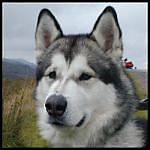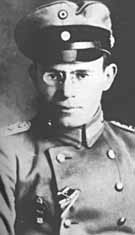One thing struck me, I wonder if anyone else noticed or can cast light on it.
Profile C Kissenberth's aircraft
Fuselage is black, all agreed?
Profile has its wings in 4 col Loz but...scrutinising the lovely clear side view photo on P24 of the instructions and the details of it elsewhere the upper wing at least looks very dark and the pattern indistinct. which made me believe either it or both wings may be doped over black, albeit thinly. Another thing that caught my eye and gave this idea support was the struts, they look loke they are misted over with black at the tops, a misty overspray edge not like shadow which looking at the ground shadow under the A/C wouldnt tie up anyway.
Now, could this have been an ongoing thing, the groundcrew gradually intent onpainting the whole aircraft black in stages?
Anyone's opinions or info would be appreciated.
Keith *Master of the Order of the Wooden Spoon*


















